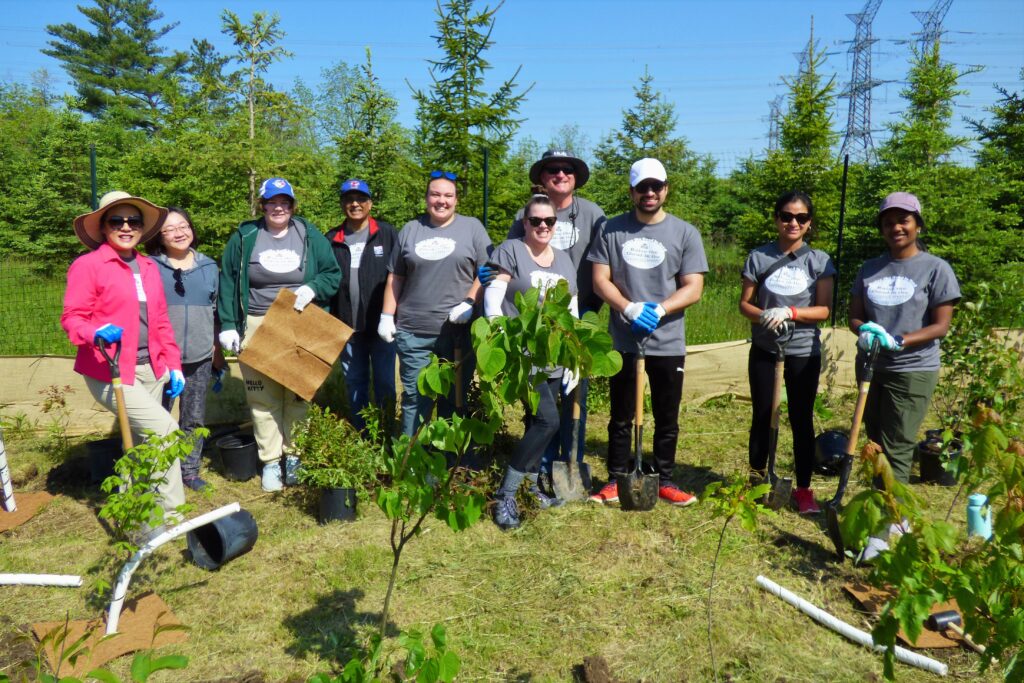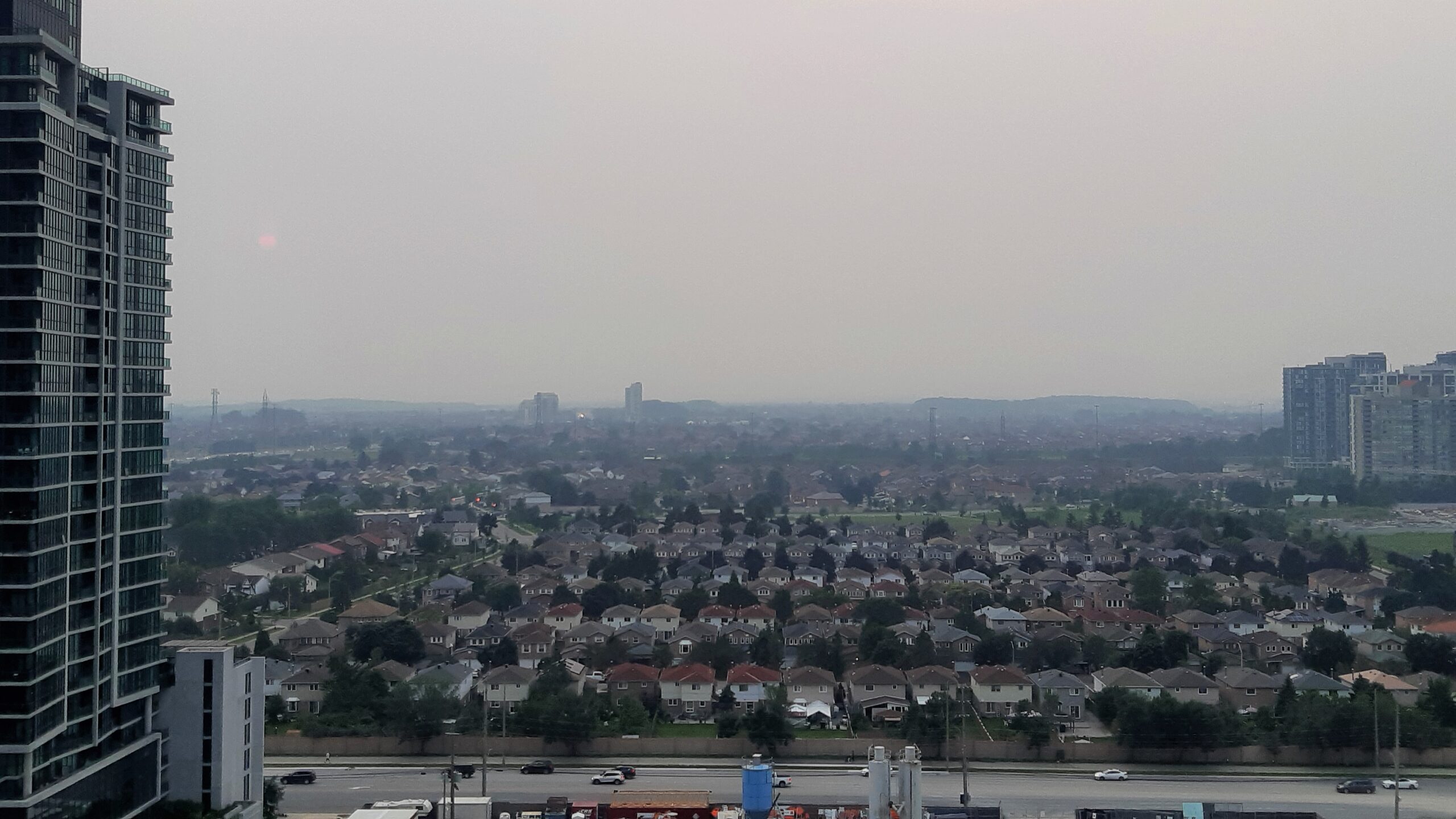Another climate change mitigation strategy involves physically capturing and removing CO2 from the atmosphere through carbon capture, utilization, and sequestration/ storage (CCUS). CCUS can also involve capturing CO2 from a process and storing it prior to its release into the atmosphere. Approaches to CCUS can vary from technology-based to nature-based solutions, which are garnering increasing interest and investment to help achieve net-zero targets. Both approaches have pros and cons that must be considered when assessing the feasibility of CCUS for a particular application. The ultimate effectiveness of CCUS as a climate change mitigation strategy depends on whether the CO2 can be permanently sequestered[1].
CCUS technologies that capture carbon before its release into the atmosphere have been researched for coal-fired electricity generation facilities and oil refineries. At coal-fired plants, particularly in the U.S., CCUS technology can be retrofitted in existing facilities to capture CO2 from products of combustion through a scrubbing process similar to that used for sulfur dioxide removal[2]. Though the technology currently exists, the costs involved for retrofitting existing coal plants are significant and difficult to justify[2]. The high cost of CCUS is typically related to the cost of the equipment itself and the energy required for the capture process [1][2]. Additional considerations for CCUS technologies are the transportation and storage of the CO2 after it is captured. Though CCUS technologies face several barriers to widespread implementation, global research on CCUS continues in an effort to find ways to increase demand and reduce costs.
For more information on CCUS technologies and policies, check out the Resources for the Future page on Carbon Capture and Storage 101 and the International Energy Association’s (IEA) Carbon Capture, Utilization, and Storage page.

In contrast to CCUS technologies, nature-based approaches to carbon capture and storage (CCS) rely on natural carbon sinks to sequester and store carbon from the atmosphere as part of the Earth’s carbon cycle. This includes natural carbon sinks such as the oceans, forests and vegetation, soil, and weathering in rocks. Natural processes occur slowly and are not able to adequately respond to the rate of rising human-caused emissions on their own. Human intervention through increasing reforestation and afforestation efforts can help forests grow back at a faster rate and therefore sequester more carbon. Nature-based solutions also offer many important co-benefits such as stormwater retention, aesthetic and recreational value, and habitat for wildlife. A recent study assessed the potential of global reforestation for GHG reduction and found that ecosystems could support the increase in forested area of 25% or an additional 900 million hectares of continuous forest. At maturity, this additional forest would have the potential to store approximately 25% of the current atmospheric carbon pool[3].
It is important to note that as part of the natural carbon cycle, carbon is eventually released back into the atmosphere through natural processes such as the decay of biomass or forest fires. However, this release of carbon typically occurs over long timescales unless certain conditions change or a specific event, such as a forest fire, and invasive insects and diseases killing trees occurs. Changing climatic conditions and disruptive land use practices are resulting in significant changes in historical carbon sinks, causing them to become carbon emitting sources, such as the recent catastrophic shift that has been observed in the Amazon Rainforest[4]. The long-term viability of nature-based CCS strategies must be addressed when considering this approach as a climate change mitigation strategy. Reforestation as a climate change mitigation strategy can therefore complement other GHG emissions reduction efforts but cannot serve as a be-all-end-all solution. Businesses considering reforestation projects for carbon capture must do their due diligence as some reforestation platforms may not accurately account for all of the emissions that are captured or generated by a reforestation project[5]. The Canadian federal government is developing GHG offset protocol guidelines that businesses could utilize. Organizations can generate offset credits if they register and implement projects that reduce GHGs using a published federal GHG offset protocol[6].
For a great overview of the potential of tree planting as a global GHG emissions reduction strategy, check out Alan Buis’ article Examining the Viability of Planting Trees to Help Mitigate Climate Change [7].
Bottom Line
Carbon capture, utilization, and sequestration/ storage involves capturing CO2 from a process and storing it prior to its release into the atmosphere or extracting it from the atmosphere and storing it for a period of time or with permanent sequestration. CCUS technologies face several barriers to widespread implementation and are still subject to intense research and development whereas natural carbon sinks sequester and store carbon from the atmosphere as part of the Earth’s carbon cycle. The long-term viability of nature-based CCS strategies must be addressed when considering this approach as a climate change mitigation strategy.
Partners in Project Green’s Building a Climate Resilient Business Resource Kit provides a foundation in the basics of current climate science, the impacts of climate change on businesses, and mitigation and adaptation strategies. Please explore these resources and connect with us to advance your organization’s climate resiliency.
To learn more about climate change mitigation, check out:
[1] Gonzales, V., Krupnick, A., and Dunlap, L. 2020. Carbon Capture and Storage 101. Resources for the Future. Accessed August 23, 2022. Click here for URL.
[2] Incropera, F.P. 2016. Climate Change: A Wicked Problem: Complexity and Uncertainty at the Intersection of Science, Economics, Politics and Human Behavior. Print.
[3] Bastin, J.F., Finegold, Y., Garcia, C., Mollicone, D., Rezende, M., Routh, D., Zohner, C.M., and Crowther, T. 2019. The global tree restoration potential. Science. 365. DOI: 10.1126/science.aax0848
[4] Gatti, L.V., Basso, L.S., Miller, J.B., Gloor, M., Domingues, L.G., Cassol, H.L.G., Tejada, G., Aragao, L.E.O.C., Nobre, C., Peters, W., Marani, L., Arai, E., Sanches, A.H., Correa, S.M., Anderson, L., Von Randow, C., Correria, C.S.C., Crispim, S.P., and Neves, R.A.L. 2021. Amazonia as a carbon source linked to deforestation and climate change. Nature. 595, 388-393. Click here for URL.
[5] Lefebvre, D., Williams, A.G., Kirk, G.J.D., Burgess, P.J., Meersmans, J., Silman, M.R., Roman-Danobeytia, F., Farfan, J., and Smith, P. 2021. Assessing the Carbon Capture Potential of a Reforestation Project. Scientific Reports. 11. Click here for URL.
[6] Government of Canada, 2022. Climate Change and Agriculture. Accessed August 22, 2022. Click here for URL.
[7] Buis, A. 2019. Examining the Viability of Planting Trees to Help Mitigate Climate Change. Accessed August 23, 2022. Click here for URL.

